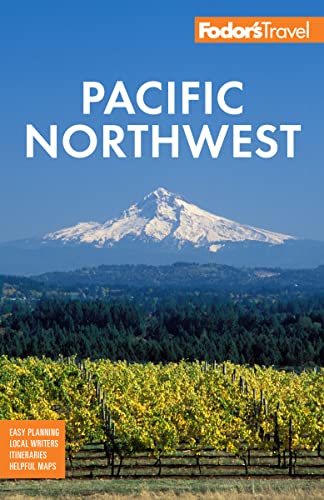Sprawling along the hills above the deep-blue Strait of San Juan de Fuca, Port Angeles is the crux of the Olympic Peninsula's air, sea, and land links. The once largely blue-collar logging and fishing town is capped off at the water's edge by a gathering of hotels, restaurants, shops, and attractions, all set around the modern marina and the sandy swath of Hollywood Beach. With a population of about 19,000, the town is the largest on the Olympic Peninsula and a major gateway to Olympic National Park. Summer foot traffic is shoulder-to-shoulder downtown with hopefuls rushing to ferries, vacationers strolling the waterfront, locals relaxing at outdoor cafés, and Twilight fans retracing steps of their favorite characters (Port Angeles served as a backdrop for several scenes in the popular series). Other fans flock here, too; Port Angeles is the last place writer Raymond Carver lived, and it remains home to his widow, the poet Tess Gallagher, who was born here.
It didn't start out this way, though, as the seasonal crowds have only been a phenomenon since the 1950s. The area was first settled by the Hoh, Makah, Quileute, Quinault, and S'Klallam tribes, and others had little reason to visit until a Greek navigator named Apostolos Valerianus—aka Juan de Fuca—sailed into the strait in 1610. In 1791 Spanish explorer Juan Francisco de Eliza followed him and named it Puerto de Nuestra Señora de Los Angeles, or Port of Our Lady of the Angels. George Vancouver shortened the name to Port Angeles in 1792, and the site was settled by pioneers in 1856. In the century that followed, Port Angeles became a timber-mill town, a military base, and a key regional fishing port.





